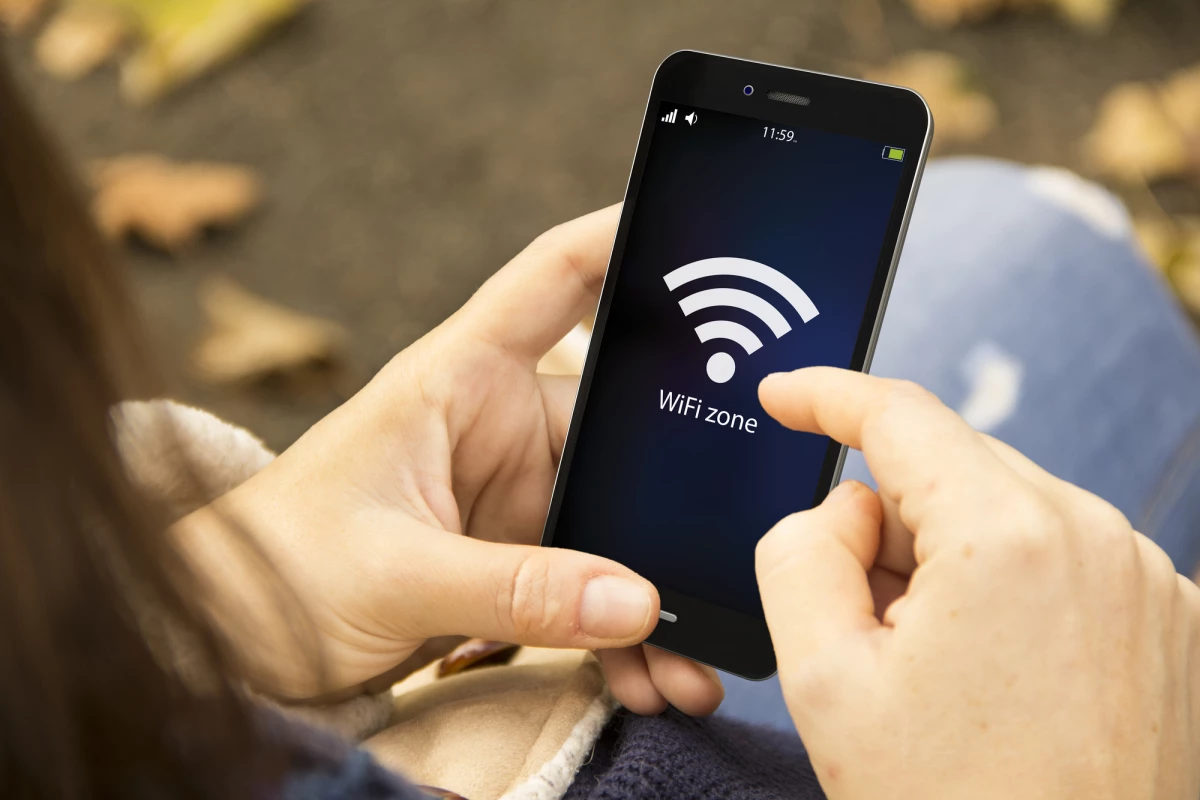The next generation of Wi-Fi is gathering steam. The US Federal Communications Commission (FCC) has now officially adopted new rules that open up the 6 GHz band for use by regular routers and wireless devices. Basically, that means much faster Wi-Fi speeds for devices that make use of this new legroom.
Current Wi-Fi routers all cram into two bands – 2.4 GHz and 5 GHz. But those are quickly filling up as more and more devices join the party, and other advances in speed are being dragged down by congestion.
So the FCC has voted to open up a huge new range to clear the air. The 6 GHz band encompasses a massive 1,200 MHz, which the FCC says increases the amount of spectrum available for Wi-Fi by almost a factor of five. That extra “space,” plus the fact that the 6 GHz band can deliver data faster, should make Wi-Fi 6 more than 2.5 times faster than the current standard.
There are already licensed systems out there using parts of the 6 GHz band, but the FCC says it’s putting systems in place to protect these existing services from interference by only allowing indoor low-power operations to make use of the full 1,200 MHz, while standard-power devices will be limited to 850 MHz.
“The microwave services that already use this band are critical to the operations of utilities, public safety, and wireless backhaul operations,” says Ajit Pai, Chairman of the FCC. “And we are ensuring that those incumbents are protected by requiring the use of automated frequency coordination systems, which will only allow new standard-power operations in areas that will not cause interference to incumbent services, and by placing conservative power limits on low-power indoor operations.”
As exciting as faster Wi-Fi may sound, it’s not just a matter of switching your router settings over tonight. Although the new rules are now allowing consumer devices to use this part of the spectrum, it’ll take some time before compatible routers and other devices are made and released. It’s expected that these will be available by the end of this year, and really kick into gear during 2021.




